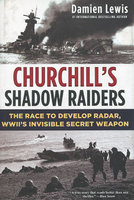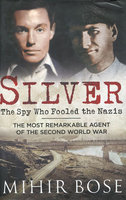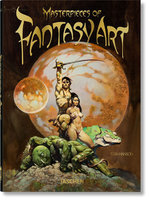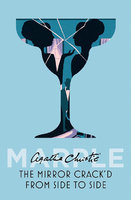New, Quality Books - 50-90% off, over 2500 titles
Your basket is empty.
Categories War & Militaria BLOOD AND RUINS: The Last Imperial War, 1931-1945
BLOOD AND RUINS: The Last Imperial War, 1931-1945
Book number: 94349
Product format: Hardback
In stock
Bibliophile price
£14.00
Published price
£30
Customers who bought this product also bought
|
CHURCHILL'S SHADOW RAIDERS
Book number: 93757
Product format: Hardback
Bibliophile price
£7.00
Published price
£22
|
NOW ALL ROADS LEAD TO FRANCE
Book number: 93585
Product format: Hardback
Bibliophile price
£4.00
Published price
£25
|
SILVER: The Spy Who Fooled the Nazis
Book number: 93773
Product format: Hardback
Bibliophile price
£8.00
Published price
£25
|
|
|
MACHERS AND ROCKERS
Book number: 94370
Product format: Hardback
Bibliophile price
£4.00
Published price
$22.95
|
MIRROR CRACK'D FROM SIDE TO SIDE
Book number: 94670
Product format: Hardback
Bibliophile price
£6.00
Published price
£12.99
|
Browse these categories as well: War & Militaria, Modern History/Current Affairs







